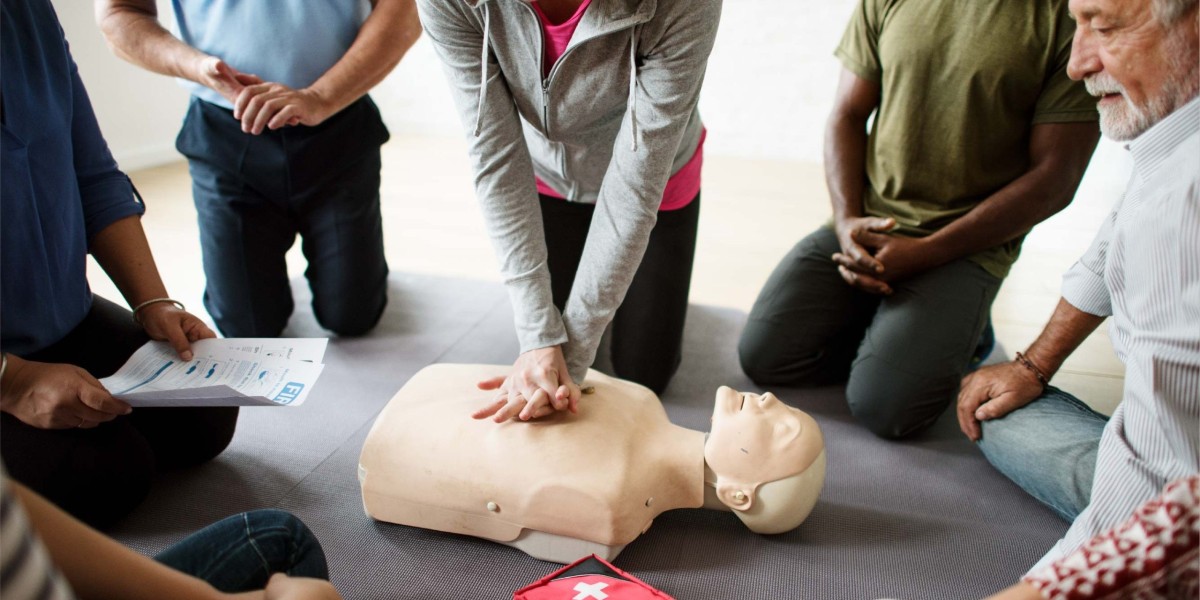In the fast-paced world of healthcare, having the ability to respond effectively to emergencies is crucial. Basic Life Support (BLS) training equips healthcare providers with the skills necessary to save lives in critical situations. This article explores the fundamentals of BLS training, its significance for healthcare professionals, and how to find classes in your area.
What is Basic Life Support (BLS)?
Basic Life Support refers to the initial steps taken to preserve life in emergency situations, such as cardiac arrest or severe respiratory distress. It involves essential techniques like cardiopulmonary resuscitation (CPR), airway management, and the use of automated external defibrillators (AEDs). For healthcare providers, proficiency in BLS is not just beneficial; it is often a requirement for employment and practice.
Importance of BLS Training for Healthcare Providers
Immediate Response: BLS training prepares healthcare providers to act swiftly during emergencies, potentially saving a patient’s life before advanced medical help arrives.
Comprehensive Skill Set: BLS training includes CPR techniques, recognizing the signs of cardiac arrest, and how to use an AED. These skills are vital in various healthcare settings, from hospitals to clinics.
Enhances Patient Confidence: Patients feel safer knowing that their healthcare providers are trained in emergency procedures. This confidence can improve the overall patient experience.
Regulatory Requirements: Many healthcare institutions require BLS certification as part of their hiring process. Regular training ensures that providers remain compliant with the latest guidelines and best practices.
Finding BLS Classes Near You
When looking for BLS classes for healthcare providers, consider the following steps:
Local Hospitals and Clinics: Many healthcare facilities offer BLS training sessions. Contacting them directly can provide information on upcoming classes.
Community Colleges and Training Centers: Many educational institutions provide BLS certification courses. These are often designed to fit the schedules of busy healthcare professionals.
American Heart Association (AHA): The AHA is a leading provider of BLS training and certification. Their website offers resources to locate accredited classes near you.
What to Expect in a BLS Course
A typical BLS training course includes:
Classroom Instruction: Participants learn the theoretical aspects of BLS, including the anatomy of the heart, the importance of early defibrillation, and the sequence of CPR.
Hands-On Training: Practical sessions involve performing CPR on mannequins, using AEDs, and practicing airway management techniques.
Assessment and Certification: After completing the course, participants must pass a written test and a skills assessment to receive their BLS certification.
Conclusion
Basic Life Support training is an essential component of healthcare education. For healthcare providers, enrolling in BLS classes is not only a professional requirement but also a significant step toward ensuring patient safety. By obtaining BLS certification, you equip yourself with the necessary skills to handle emergencies effectively, ultimately making a difference in the lives of your patients. Take the initiative today—find BLS classes near you and enhance your ability to provide life-saving care when it matters most.



